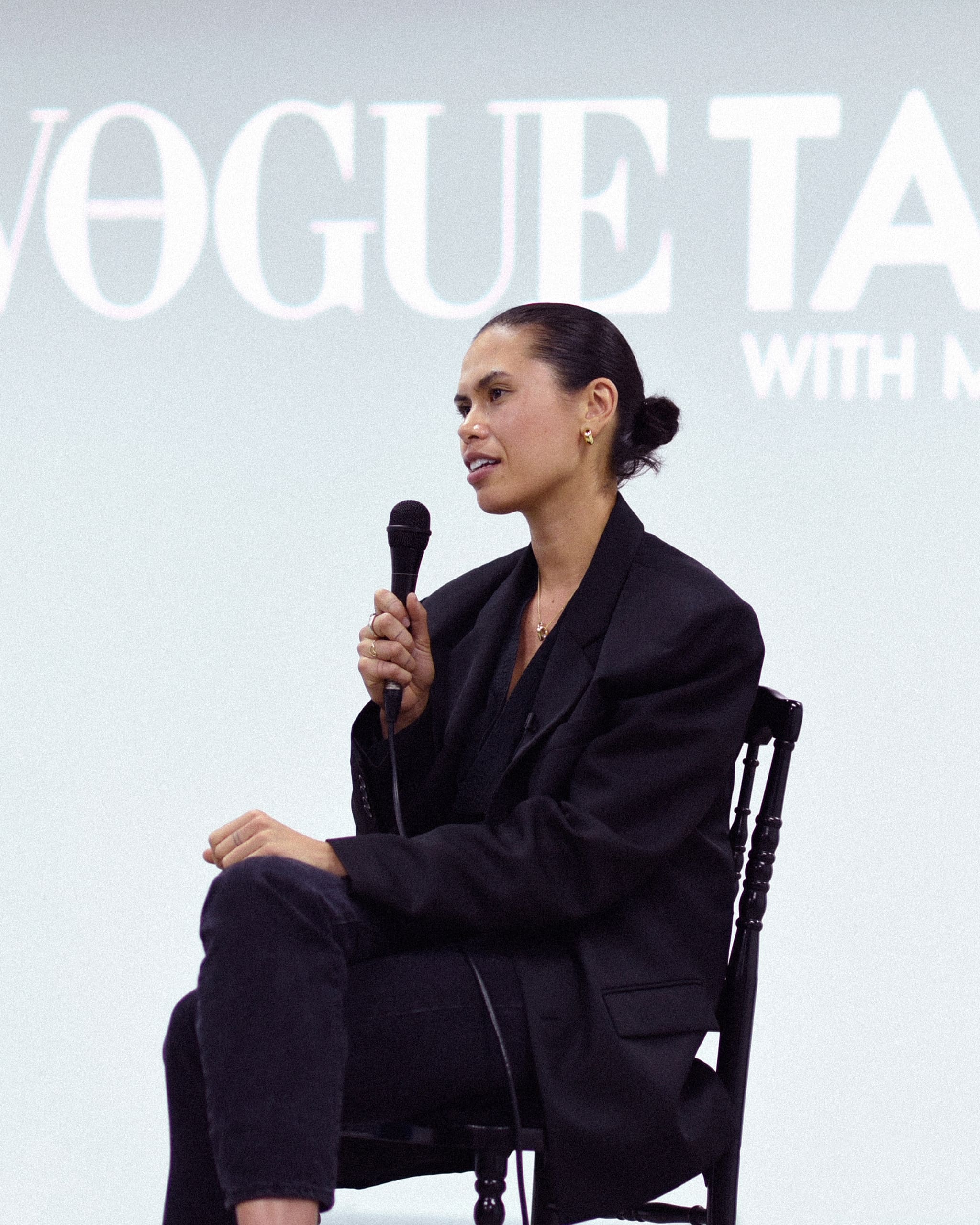Photographed by Keiran Punay
For the third iteration of Vogue Talks, multidisciplinary creative Melissa Levy talks about her exploration of new forms through the art of fashion.
Stylists are purveyors of culture. Image-making is synonymous with taste-making, and the work involves a meticulous eye, using composition, silhouette, and beauty to craft narratives. As a stylist and photographer in perpetual pursuit of new forms, Melissa Levy describes her work as abstract, experimental, and multifaceted, informed by a library of references and a lifetime of experience. At the third iteration of Vogue Talks, Levy expands on the process behind her cutting-edge vision.
Held at the Vogue Studio, Levy joined Vogue Philippines fashion director Pam Quiñones for a conversation on the ever-shifting landscape of the global fashion industry and how aspiring creatives might break into it. The talk hosted an audience of passionate Fashion Design and Merchandising students from De La Salle-College of Saint Benilde and creative professionals, including stylist Siya Daryani and designer Jaggy Glarino.
Glarino says that he attended in the hopes of learning about how the ecosystem of fashion truly functions, and from Levy’s global perspective. He tells Vogue Philippines, “I wanted to really have a well-rounded process with how the creative team should and how it really works. Because, sometimes, a designer is a designer. He or she is not really aware [of] how the other people in the creative team should really work. So I’m really here to gain a few insights on how styling should work and how it affects my work as well as a designer, really.”
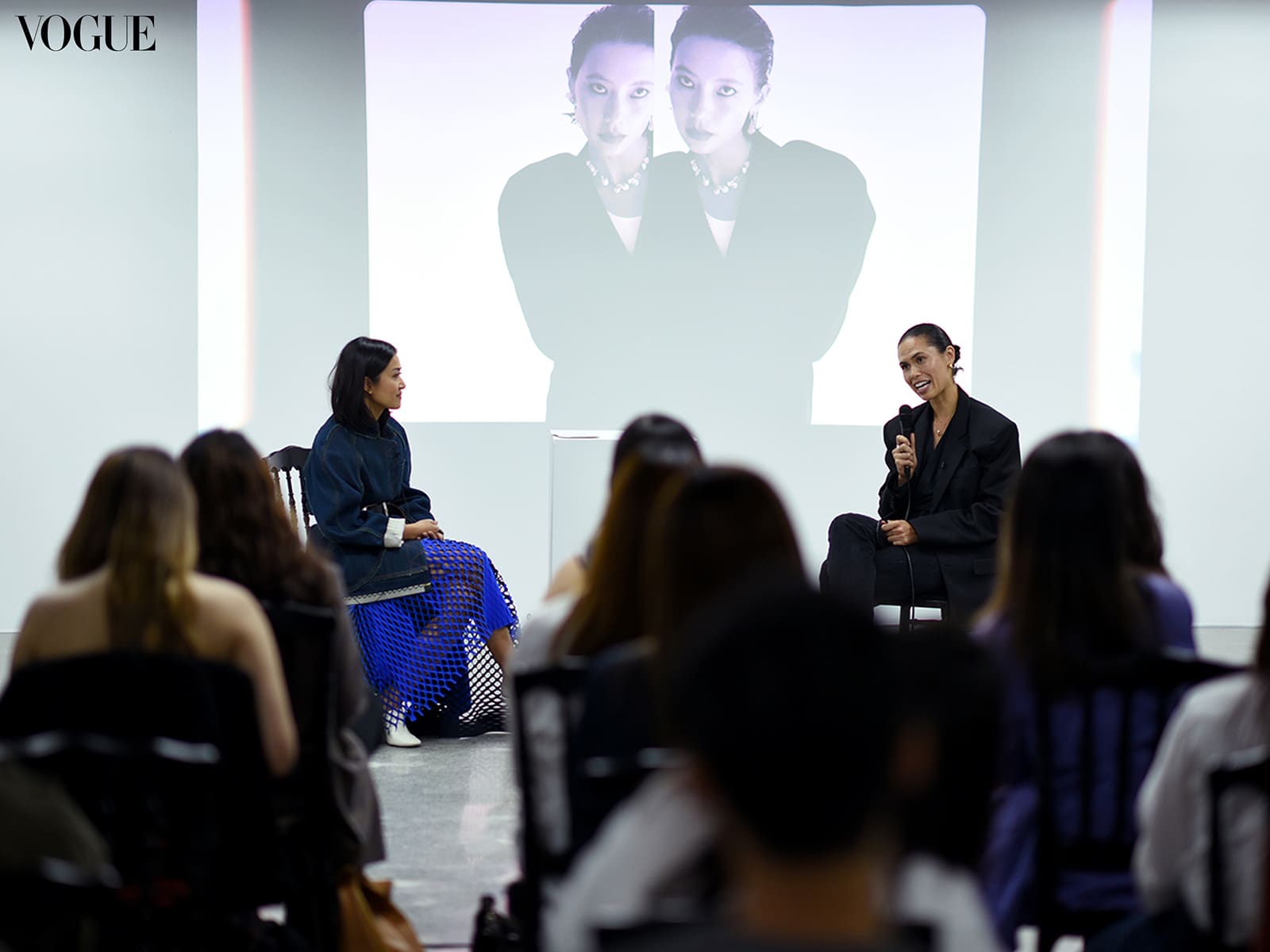
Inspiring The Next Gen
Whenever asked what inspires her vision or what fuels her creative process, Levy only says that she works off her gut feel: “It’s gotta come from your intuition. If it comes from that place, you feel confident. Yeah, sure, you’ll probably make mistakes, but you learn from those mistakes, and you grow. The whole process evolves, and the work evolves. You just have to follow where your gut feeling is and try to listen to it.”
Intuition, it seems, fueled her journey toward the fashion industry. As a child, Levy was already immersed in the arts through painting. She thought that she would one day pursue a career as a curator or a gallerist, she shares, but found that her other interests in design and fashion were what would lead her to something more.
“I was thrifting a lot and cutting up all my dresses,” she says. “I also collected lots of media, like street rave flyers and street press. At the time, it was the early 2000s—there was a very strong graphic presence. I collected all those kinds of things. I knew when all these international magazines were dropping, and I just gathered all of it.”
It was an organic process of falling into the fashion industry from there. Between fashion school and an internship at RUSSH Magazine, Levy learned the ins and outs of fashion publishing before moving to London to finish college and pursue fashion styling.
Both education and experience in fashion have made Levy equipped to weigh in on a widespread debate within the industry: whether or not the younger generation needs formal education to pursue a career in styling. She shares that while education is “fantastic and important,” an understanding of culture might be all it takes. She says, “As a stylist, you are basically a cultural zeitgeist, whether it be food or places or architecture or art or music or films. [These] are the kinds of facts and knowledge that you should be engrossed in.”
As the landscape of fashion has changed drastically over time, Levy adds that she believes that there is still value in internship and apprenticeship, even more so now than when she started. “The industry isn’t as rigorous as it once was. And it’s not as closed,” she shares. “The ability to just get in with these people is much easier.”
She continues, “So, assisting—do you need to do it? Is it helpful? It is because there’s so much to learn on the job. And there are variables that are constantly in flux. I think, with experience, you can be a bit agile, and you are equipped to deal with those things on a professional level.”
New Forms, New Visions
After Levy and Quiñones’ conversation, an inspired crowd met her with a slew of questions. One of them, posited by an audience member, asked what Levy’s creative process requires, to which she gave an immediate response: attention to detail.
“It’s something that can escape you, especially because you’re on set and running around, managing the image-making process. [The] details get lost,” she says. “Those details often make the best pictures, whether it’s the right shoe or a strand of hair, or, you know, choices with the casting and being present there.”
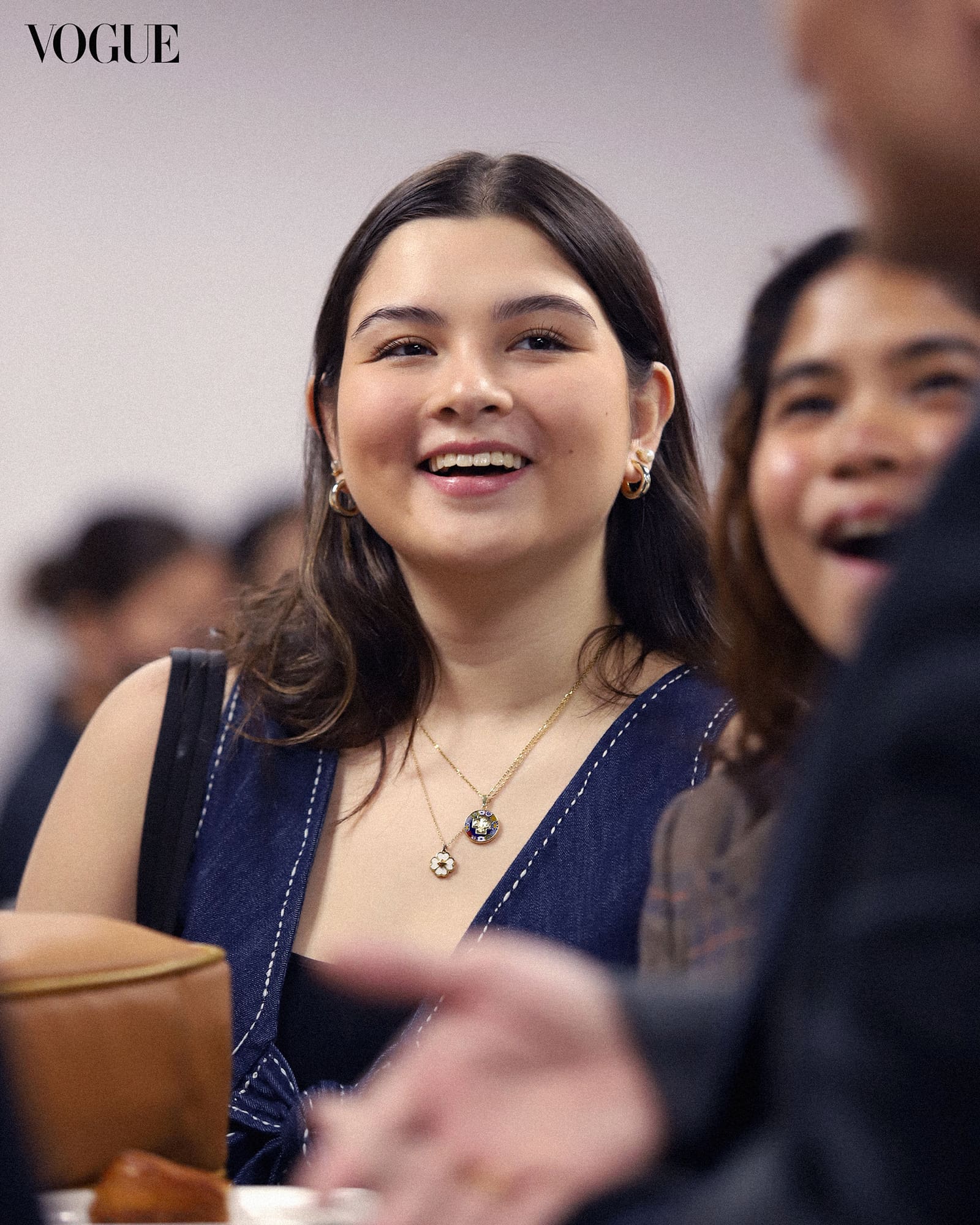
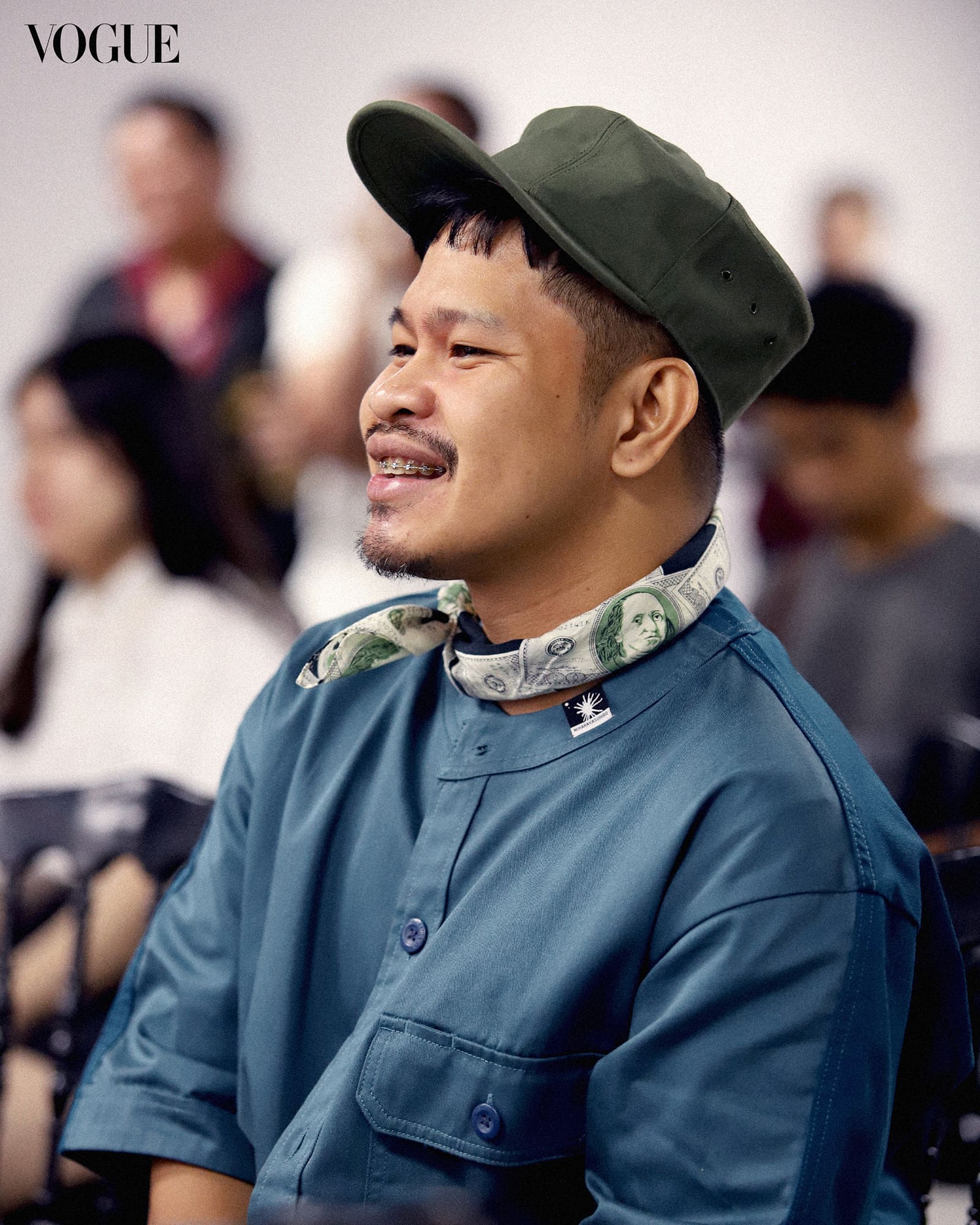
Focal points drive the narrative in the work Levy produces. Such novel ideas, she shares, were honed in the way she has built a collection of references for herself. When Vogue Philippines fashion writer Ticia Almazan asks if she ever gets overwhelmed going through them, she says, “I guess I just love it. I find it very cathartic, almost to a certain degree. I’ll just sit there, have 20 minutes when I’m just listening, or I just go through [them],” she shares. “I love image-making, and I love culture, so it never feels like a lot.
To speak for the audience of students, Vogue Philippines fashion editor Daryl Chang asks what she would tell her younger self if she could. To this, Levy answers, “Just be really confident and really strong, and persevere. If people turn you down, just keep going—keep going back if it’s something you really want. Get clear on what you want, and just go for it. But don’t let anyone tell you that you can’t do it.”
She also reinforces the importance of boundaries: “Unfortunately, in this industry, we’re really pushed sometimes, and sometimes to the extremes, so, I think, [make] sure that you’re looking after yourself and practicing self-care.”
To end the conversation, Quiñones acknowledges the new visions Levy adds to the global fashion narrative, asking, “How do you make your work contemporary?” On a note encapsulating her journey, Levy replies, “I just follow my intuition.”
She continues, “I’m really interested in looking at women from a different perspective. I’m really interested in [looking] at women from a less objectified female gaze and also trying to look at fashion as a vehicle of expression rather than a symbol of wealth.”
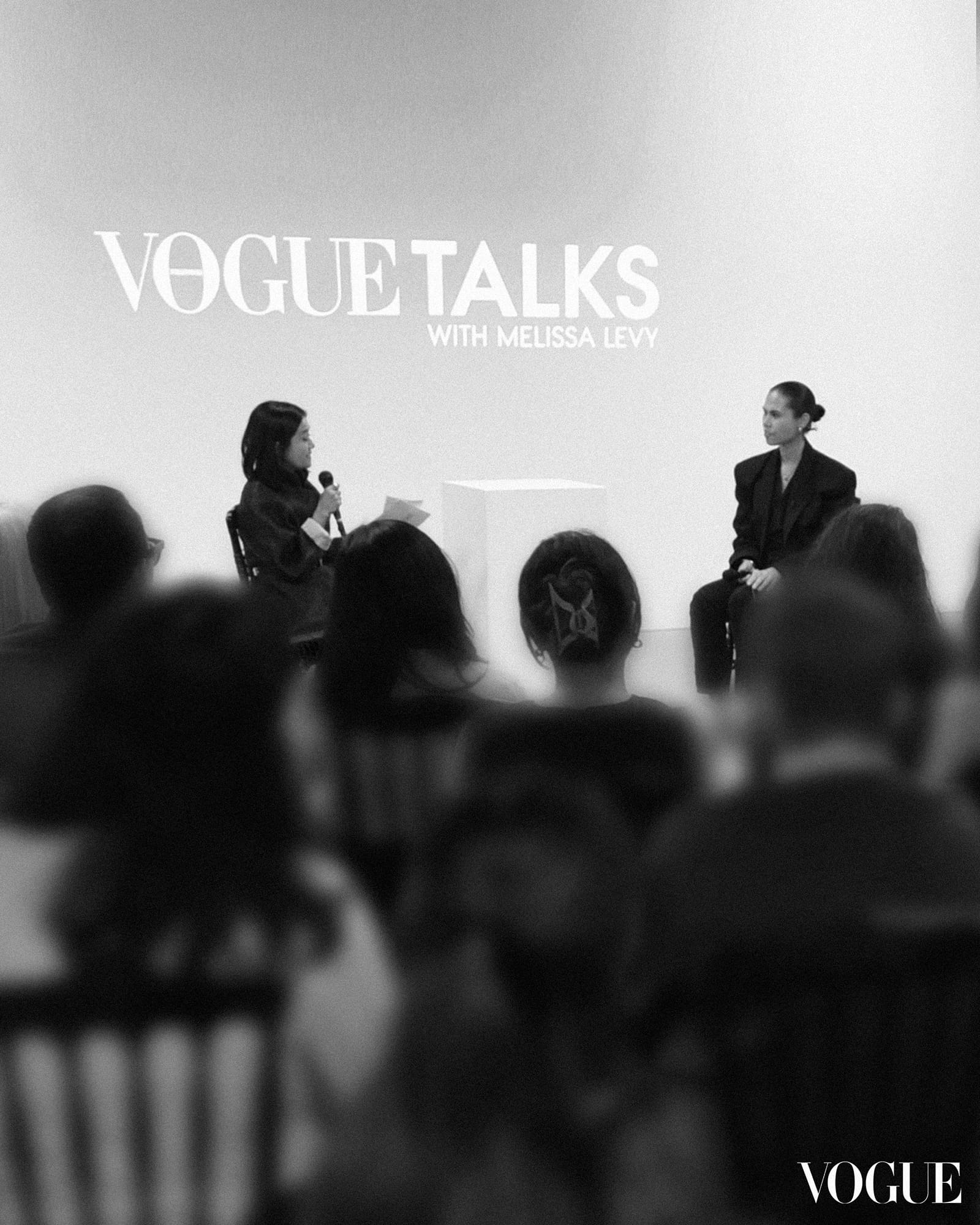
“My most important takeaway is that no matter whether you were formally educated or whether you’re going into the industry, like, absolutely raw, I think it’s pretty much fair game for all of us,” Benilde fashion student Pauline Roxas says. “[Those] who will really succeed are the people who really throw themselves into the art of fashion.”
Levy tells Vogue Philippines that she hopes the aspiring creatives walk away knowing the importance of setting their boundaries and, more importantly, with the fuel to fire their passion. Vision only goes as far as a balanced lifestyle and taking a moment to swim up for air, enabling a creative to stay grounded and, ultimately, to stay inspired. She says, “I hope they feel empowered. I hope that they are excited. I hope that they have the courage to go live their dreams. It really is possible.”
